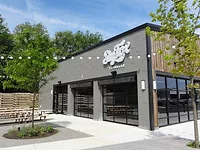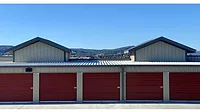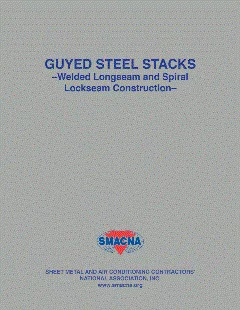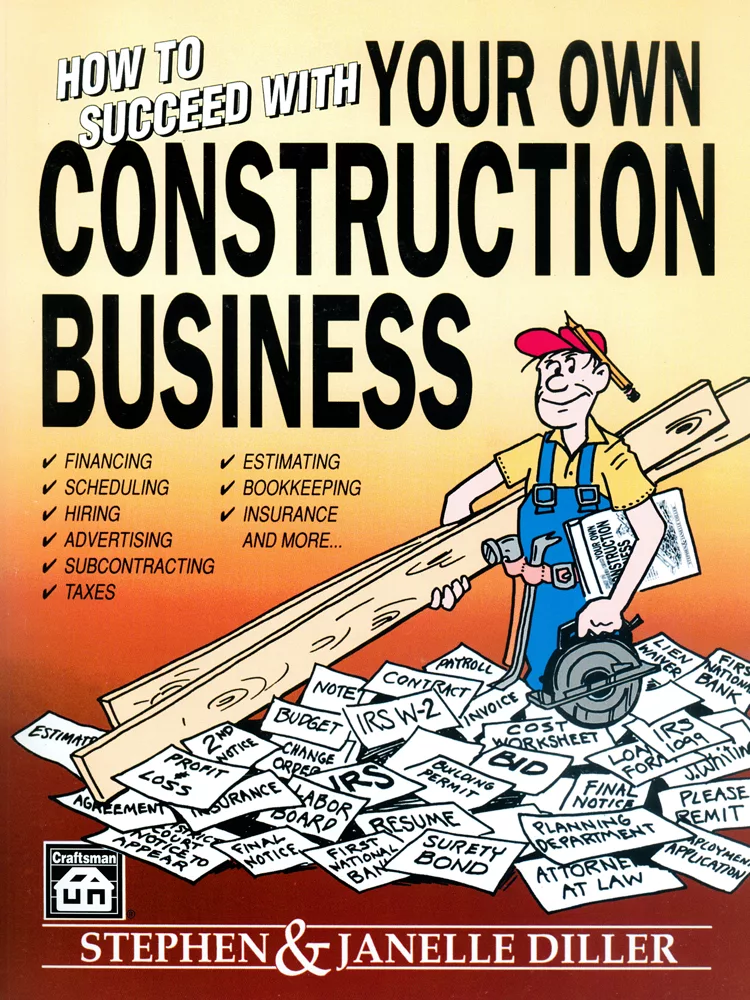2014 Case Study - Advertorial
Steel Roof and Wall Panels with Concealed Fasteners
IAPMO-Uniform Evaluation Service
The architectural design of buildings often elevates the demand for aesthetically pleasing exteriors. At the same time, the performance qualities expected from cladding — wind resistance, air infiltration, water resistance and fire safety — must be maintained. IAPMO Uniform ES recently published EC011, the Evaluation Criteria for Single Skin Steel Roof and Wall Panels with Concealed Fasteners, which sets forth guidelines for compliance with the International Building Code (IBC) and the International Residential Code (IRC).
Concealed fastener panels typically rely on nails or screws for attachment to the structure. These fasteners may either secure the panel itself or a separate clip element. To hide the fastener from exterior view, an interlocking arrangement of the seams is formed. Figure 1 illustrates some of the commonly available seam types.
Materials
Since the panels are expected to resist external forces such as wind, snow and weights of construction materials, the steel needs to be of structural quality. In addition, as the panels will be permanently exposed to weather, the steel must have corrosion resistant properties. Two steel specifications satisfying both requirements are ASTM A653 with a minimum G90 Galvanized coating and ASTM A792 with a minimum AZ50 aluminum-zinc alloy coating. The fastenings likewise need to be stainless steel or galvanized steel to be compatible with the panels.
Load Capacities
EC11 provides the manufacturer a degree of flexibility in determining the panel system’s ability to withstand the effects of external forces. A structural analysis, relying on applicable code references such as AISI S100 for an all-steel panel and support arrangement, or the NDS and ACI 318 for wood and concrete supports respectively, can be utilized. For certain clip configurations that cannot be designed using the available references, the option to test can be chosen.
Building Envelope Protection
The essential performance attribute of a roofing and wall system is weather protection. While requirements in the IBC and IRC for weather protection may be observed, EC011 recognizes the panel systems may be uniquely configured to prevent water penetration and control air intrusion. Testing for air or water infiltration is described in EC011 to rate the panel system’s corresponding capabilities.
Fire Performance
The IBC recognizes steel panels over noncombustible (steel or concrete) decks and framing as Class A roof assemblies. Class A assemblies are effective against severe fire exposures. For other installations, such as over wood decks or framing, the panels would be non-classified and limited to use on small isolated residential buildings. These systems can be subjected to fire tests to establish an A, B or C classification, which would permit installation on other building types.
Quality Control
EC011 requires a functional quality system, which needs to be documented. In addition, surveillance by independent inspection agencies assures the delivered products will perform as expected.
Evaluation Reports
IAPMO Uniform ES publishes evaluation reports according to EC11 describing the panels, the installation requirements, and performance attributes as a service to code authorities, consumers and construction professionals.
Brian Gerber is technical director at IAPMO Uniform ES. For more information, call 877-443-7778 or visit www.uniform-es.org.
Looking for a reprint of this article?
From high-res PDFs to custom plaques, order your copy today!







